American Heart Association
-

Genetic screen in worms reveals critical step in insulin synthesis
The identification of a protein important for insulin synthesis may hold clues for understanding the pathogenesis of diabetes. Read MoreDec 4, 2019
-
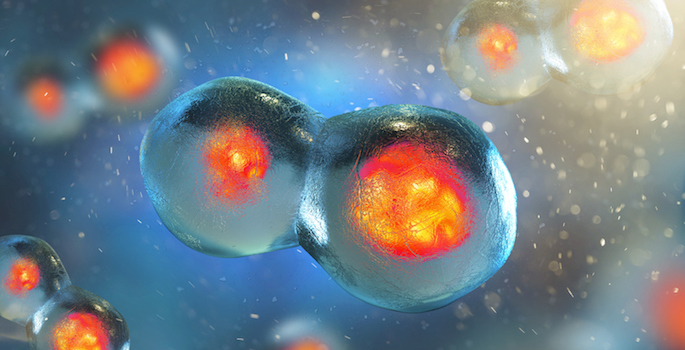
Understanding cell division
Vanderbilt researchers have uncovered another piece in the puzzle of how cells divide — a process that goes awry in cancer cells. Read MoreNov 18, 2019
-

Microscopic spines connect worm neurons
Worm neurons have microscopic “spines” — where nerve-to-nerve communication happens — that share features with mammalian neurons, supporting the use of worms to study spine genetics and biology. Read MoreOct 17, 2019
-
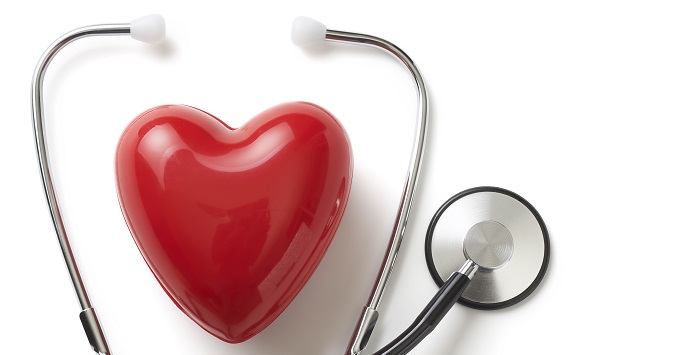
Less inflammation = better healing
Immune cells that produce an anti-inflammatory factor are enriched in fat tissue around the heart and may be good targets to improve heart attack outcomes. Read MoreOct 17, 2019
-

AI maps routes to heart disease
Machine learning on unlabeled electronic health record data has shed light on the emergence of cardiovascular disease. Read MoreOct 7, 2019
-

How salt increases blood pressure
Vanderbilt researchers have discovered that a protein called SGK1 in immune cells is activated by sodium, leading to the development of salt-sensitive hypertension. Read MoreSep 5, 2019
-
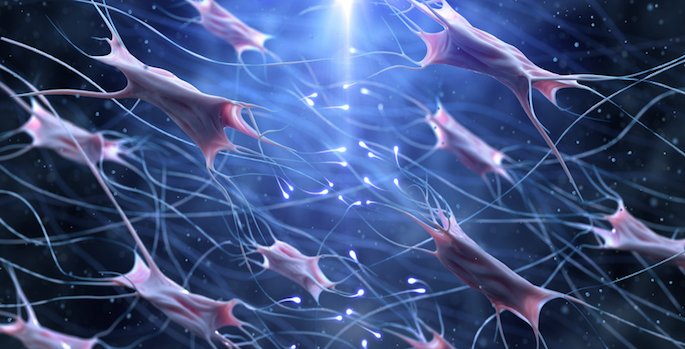
Cellular engines of wound repair have distinct roles
Vanderbilt investigators have now discovered that, in contrast to prevailing dogma, fibroblasts are not all alike; instead, they have distinctive functions following tissue injury. Read MoreAug 8, 2019
-
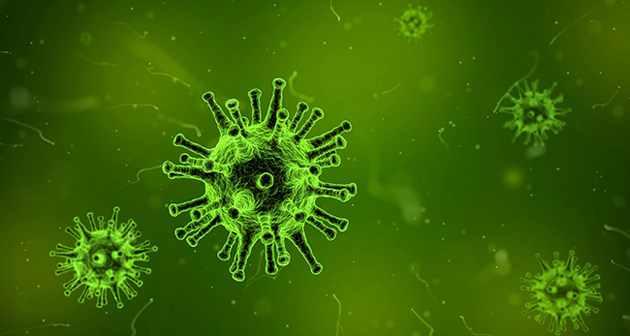
Microbiome links diet to health
Vanderbilt researchers have discovered that the gut microbiome composition modulates how dietary nutrients are metabolized, with potential downstream consequences on metabolic health. Read MoreJun 20, 2019
-

Cell-cell signals in developing heart
Scott Baldwin and colleagues have discovered early signaling events during heart development, findings that could guide cell replacement therapies for heart disease. Read MoreJun 10, 2019
-

Signals from the “conveyor belt”
Carlos Lopez, Tina Iverson and Vsevolod Gurevich propose that a conveyer belt best describes the mechanism by which cellular signals are handed off from enzyme to enzyme in the brain. Read MoreJan 18, 2019
-

Team’s study reveals hidden lives of medical biomarkers
The hidden lives of medical biomarkers are the focus of a recent study in Nature Communications by Jonathan Mosley. Read MoreOct 11, 2018
-
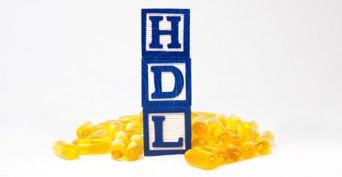
Scavengers “protect” HDL
Lipid molecules that bind to HDL can modify its function — and blocking that modification can protect HDL and potentially lower the risk of atherosclerosis and heart disease. Read MoreJun 29, 2018
-

VUMC joins research network to fight atrial fibrillation
Vanderbilt University Medical Center (VUMC) has been selected by the American Heart Association (AHA) to participate in a six-member research network to advance treatment and prevention of atrial fibrillation (AFib), an irregular heart rate that increases the risk of stroke and other heart-related complications. Read MoreJun 14, 2018
-

Enzyme protects against obesity-related heart disease
Vanderbilt scientists have discovered that a certain enzyme plays a crucial role in preventing obesity-related cardiac dysfunction. Read MoreJun 7, 2018
-

Crescenzi lands American Heart Association Career Development Award
Rachelle Crescenzi, PhD., research instructor in Radiology and Radiological Sciences, was recently awarded an American Heart Association Career Development Award for her project, “Visualizing Vascular Mechanisms of Salt Sensitivity.” The award begins July 1 and has been funded for $77,000 per year for three years. Read MoreMay 31, 2018
-

New view of the heartbeat
Structural views of the proteins that regulate the heartbeat may help improve existing treatments for cardiac arrhythmias. Read MoreApr 6, 2018
-
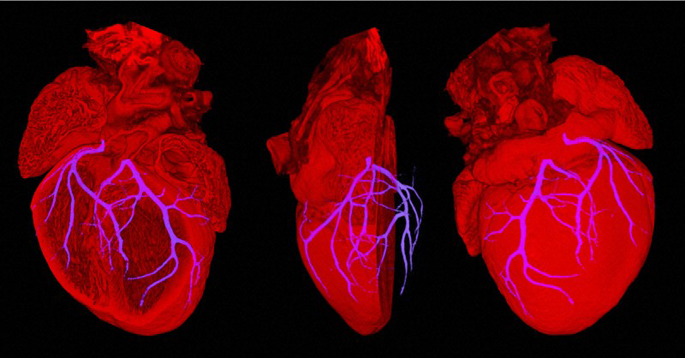
Report calls for greater awareness of rare cardiac disease
A national effort seeks to raise awareness about an uncommon cause of heart attacks in otherwise healthy, young and middle-aged women. Read MoreApr 5, 2018
-

Voluntary exercise and energy balance
Non-exercise physical activity has a measurable energy expenditure, which goes down when animals engage in voluntary exercise, Vanderbilt researchers have discovered. Read MoreMar 23, 2018
-
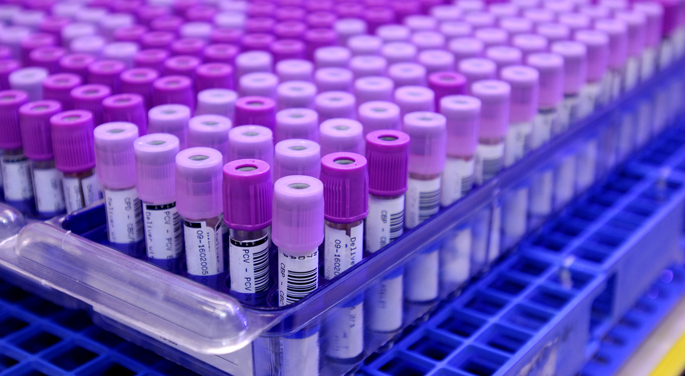
Muscular dystrophy clue
Vanderbilt investigators have discovered a role for immune system T cells in slowing the decline in skeletal muscle function in patients with Duchenne muscular dystrophy. Read MoreFeb 9, 2018
-
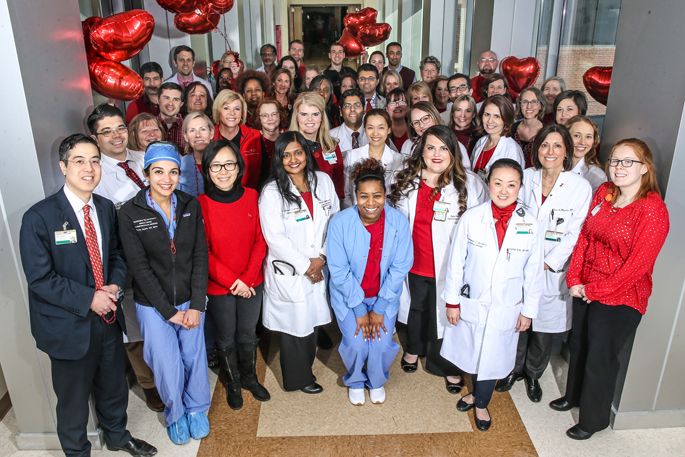
Wear Red Day
Members of Vanderbilt Heart and Vascular Institute (VHVI) gathered for a photo last week to recognize National Wear Red Day. Read MoreFeb 8, 2018